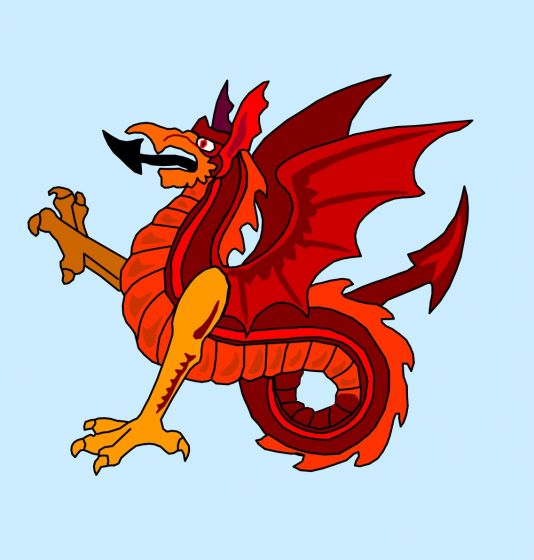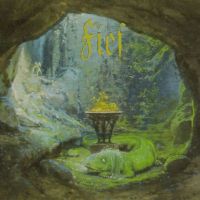
Wyvern
Wyvern
About
- Username
- Wyvern
- Joined
- Visits
- 3,151
- Last Active
- Roles
- Member
- Points
- 5,380
- Rank
- Cartographer
- Badges
- 24
-
My first completed map utilizing CC3+
Not really seeing too much looking "wrong" with your map, to be honest.
As with most styles, there will be things that seem to work better than others sometimes, and it's often just a question of knowing what options there are, and what (sometimes quite small) tweaks will help make things look closer to what you were hoping for. Sue already covered your points regarding forests, settlement placement, and terrain fill blending, I think.
For your point 3, symbol scaling, sometimes the "correct" symbol scaling just doesn't look right - or maybe not for all the available symbols - so you simply have to rescale the ones that don't look so good to fit more with how you envisaged them looking at the scale of the whole map (not zoomed-in though!).
Point 5, unknown areas. You could add areas of a standard terrain fill with no symbols or other features, and maybe add a new Sheet with a pale single-colour polygon - like a grey or white - drawn over the unknown region, and add a Transparency Effect to that, perhaps with an Edge Fade as well. Or you could try a Blur Effect on the terrain fill itself - again set it on its own Sheet so it's not ALL the terrain that does this! Blur can make the file uncomfortably large if used too frequently, however. Just trying things out with the Sheet Effects is always worth doing, so you get a better feeling for what they can do. If there are terrain features that must be in the region too, you can also partly hide them this way. It really depends what you want the area to have the players might know about in advance.
-
[WIP] Modern city map
-
Text Along A Curve has changed under Updates 26 and 27
After installing Update 26, I needed to add some fresh text along a curve to a map I've been working on, and found the dialogue box to do so had changed, primarily with the addition of three new checkboxes.
If you set up your text along a curve as previously however, the default settings in these new checkboxes mean your text will now be INVERTED on the map. I spent an irritating ten minutes experimenting, trying to work out why, and managed finally to reset the checkboxes so the tool worked as it did previously.
Then Update 27 was issued; installed that and the dratted checkboxes are back to what they were, so I've had to do it all again!!!
There's no help or explanation for how to get the new system to work as previously, so to maybe assist others, what you must do is uncheck the "Align Text Upright" box (yes, this didn't make any sense to me either, but doing so is the ONLY way to unlock the other two new checkboxes, and they MUST be unlocked first to get the tool to function as before). All Align Text Upright seems to do is INVERT the text, not PLACE IT UPRIGHT at all - Inverse Logic, certainly!!!
Once you've unlocked the other two checkboxes, "Use Other Side of Curve" and "Reverse Curve Direction", deselect both, and Text Along a Curve will then function exactly as it always previously has. Far from clear what the point of either of these options is, other than to make the text !desrever (= reversed!).
It would have helped if the little graphics that show where your text will be placed in relation to the curve changed with the different checkbox options, in the absence of any other help regarding this tool adjustment. Beyond that, I'd hope Update 28 will at least have the default settings amended to actually make sense again. Please...
-
How do i know what i currently have installed?
Go to CC3+, find the drop-down menu "Tools" in the bar along the top of the window, and then go to the "Add Ons" label in that drop-down. That will show you everything you have currently installed, and you can click on any one of those names to access each individual item's description in an HTML file.
-
CA style development - "Darklands City" (issues for September and December 2021)
@Loopysue asked: Does this look like how you would imagine a chimney fire from directly above?
Possibly, though it's quite common to have a heavy plume of smoke above the fire, so you can't see the central flame so well. Chimney fires have a tendency to produce copious amounts of dark smoke, sometimes with embedded sparks, which tends to be more what you'd see, particularly given the chimney itself is relatively tiny compared with the smoke plume. As house chimneys often kink inside, you might not be able to see the blazing soot unless it's near the top of the chimney anyway. From memory, the flames tend to be redder as well, though this is from the perspective of viewing from the side, rather than top-down.





